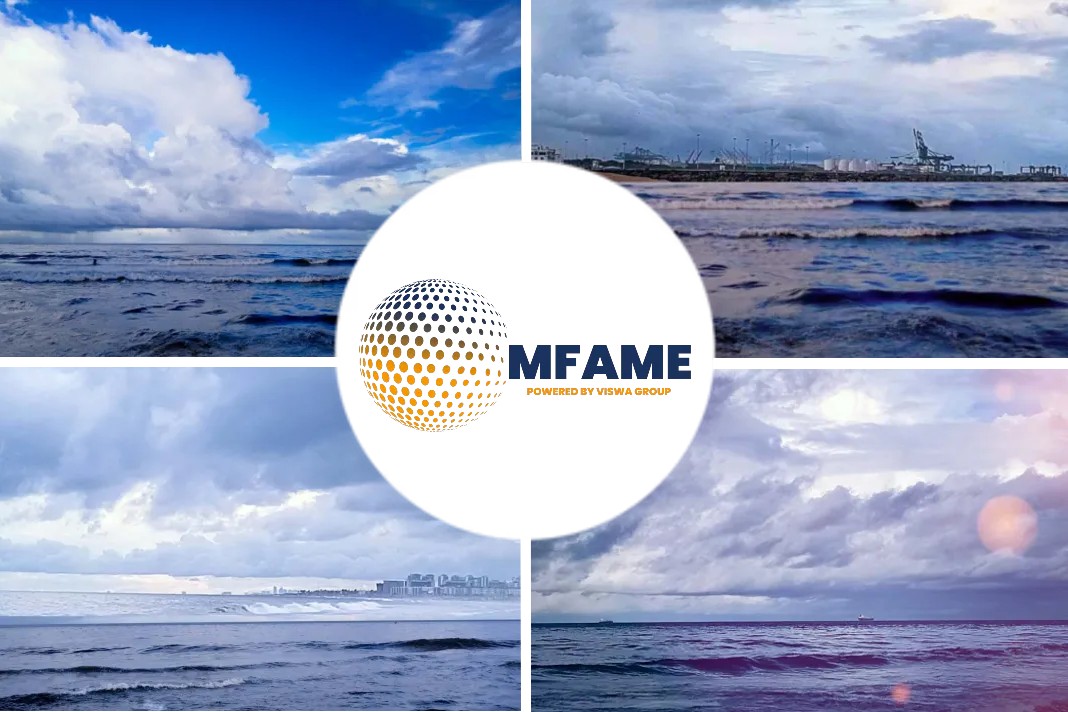- The new sulphur cap rule under the recently implemented IMO 2020 will push freight rates up by around 10-20%, says CRU.
- CRU estimates that 20-25% of the larger Capesize vessels will have scrubbers fitted by end 2020.
- They consider only the difference in freight rates as the variable that will determine the optimal pay-off period.
- The IMO regulation will limit sulphur emissions and therefore requires shipowners to consider the options available to comply. Fuel blending will be key to achieving compliance.
- The extent to which fuel type needs to be changed depends on the extent to which emissions need to be cut.
Business intelligence firm, CRU, said the new sulphur cap rule under the recently implemented IMO 2020 will push freight rates up by around 10-20%, reports PR Newswire.
In a statement, the UK-based CRU noted that back in 2018, when it last looked at the IMO 2020 MARPOL Annex VI policy, “there were many sources of ambiguity in terms of the outlook” including scrubber uptake, fuel options and availability, freight rates and the expectations on policy enforcement.
“As we have greater clarity on the likely impact of the policy on fuel prices CRU’s view is that the IMO 2020 regulation is likely to raise freight rates by around 10-20%,” it said.
Scrubber uptake has been more prevalent than anticipated
It noted that from its discussions with Maritime Strategies International (MSI) and other active participants in the freight market, CRU now expects a higher uptake of scrubbers.
Based on its estimates, it said 20-25% of the larger Capesize vessels will have scrubbers fitted by end 2020. For the mid-size Panamax vessels, the uptake is lower at 5%. The smaller Handymax vessels are unlikely to install scrubbers at all.
“Considering the share of each type of vessel we calculate that in 2020, 10%-15% of total ocean-going freight capacity will employ scrubbers, rising to 20% by 2025,” CRU said in the statement.
It noted that more Capesize capacity will be fitted with scrubbers because the vessel size and the typical length of voyage mean a larger volume of fuel is burned making the capital investment and the pay-off period much more attractive.
In addition, Capesize vessels generally travel on fixed routes between very large ports (e.g. Brazil or Australia to China), where the likelihood of the high sulphur fuel oil (IFO180) being available is greater than that of a small port.
“We have revised our process for calculating the optimal time period over which the investment in a scrubber is expected to be paid off. We now consider only the difference in freight rates as the variable that will determine the optimal pay-off period. As a result, the pay-off period is now expected to be 12-18 months, on average,” it added.
Of the vessels fitted and due to be fitted with scrubbers, CRU said most have opted for the open-loop option (where the exhaust gases are washed with seawater and discharged into the sea).
The intelligence firm said this came as “a surprise” as closed-loop scrubbers initially was considered to be more environmentally friendly.
Open-loop scrubbers, it noted, will have a cut down on installation and running costs, along with the logistics of carrying and disposing of the waste.
Fuel blending will achieve compliance
CRU said fuel blending will be key to achieving compliance to the new IMO 2020 rule, although the extent to which fuel type needs to be changed depends on the extent to which emissions need to be cut.
“Prior to the implementation of IMO 2020, the sulphur emission limit outside the emission control areas (ECAs) was 3.5% m/m. However, after talking with the IMO, we feel that 2.5% m/m is a more accurate figure for actual emissions,” it said.
Bunker fuel is a residual fuel of the oil refining process, it is cheap, has high sulphur content and has been the standard fuel used by the shipping industry.
The most common types of bunker fuels according to CRU are IFO 380 and IFO 180. The IMO regulation will limit sulphur emissions and therefore requires shipowners to consider the options available to comply.
Did you subscribe to our daily newsletter?
It’s Free! Click here to Subscribe!
Source: PR Newswire























